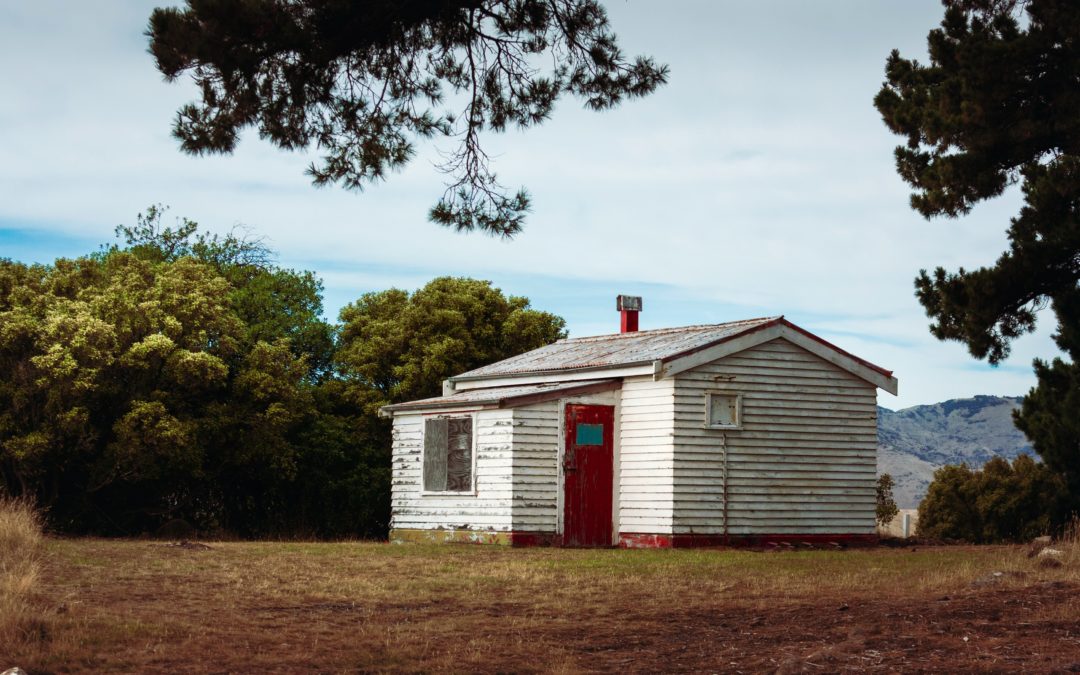Cultural and Natural Heritage (CNH) are irreplaceable sources of life and inspiration, according to the UNESCO definition. Europe´s rural areas represent outstanding examples of cultural, either tangible or intangible, and antural heritage that need, not only to be safeguarded, but also promoted as an engine for competitiveness, growth and sustainable and inclusive deveopment1. According to the PAHIS 2020 Plan2 , there has been a deepening of the so-called Cultural Heritage Economy in recent years, in accordance with current criteria which establish that cultural heritage assets should no longer be perceived as a burden but as a resource capable of generating development and social cohesion. This post gives a brief summary into the study of computer technologies applied to modelling and monitoring how the CNH can support the sustainable development of rural areas.
The EU communication “A Long-Term Vision for the EU´s Rural Areas”3 mentions the EU Rural Observatory, whose main objective is to further improve data collection and analysis on rural areas, but first results are expected by the end of 2022. This observatory is intended to increase the quantity and quality of available data as this is essential to understand the rural conditions to act on them properly.

Rural areas are facing challenges such as ageing and depopulation. Heritage based regeneration plans can contribute to the sustainable development of these rural areas. This is a complex task, however, where a trade-off among the different regeneration plans and the limited available resources should be found and where computational methods can be useful to predict the best strategy.
One common approach when facing situations like this is through the analysis of some selected best practices or success stories (aka Role Models), and how innovation activities and cross-cutting themes successfully interacted in these Role Models. Then, these lessons learnt are adapted and replicated in other rural areas )aka replicators) for supporting the creation and implementation of heritage-led regeneration strategies.
In order to get quantifiable evidences, compara and appraise the effectiveness, impact and validity of the heritage-led regeneration actions, it is necessary to establish a robust monitoring systems based on a set of selected corss-thematic and multiscale Key Performance Indicators (KPIs) and evaluation procedures that ensure the production of a solid and reliable impact assessment of the strategies. Parameters obtained from role models and replicators baseline have been used to define an initial set of KPIs, which has been used for the first appraisal of the replicators baseline.
The methodology developed here allows to analysing an initial set of indicators as large as needed and, via several objective criteria, reduce the set of KPIs to a number that can be easily handled. But probably, the resulting set of KPIs will be diverse and not so easy to combine or compare, so group decision making techniques are useful to reach a trade-off among the experts´ opinions about how to combine the data from the indicators and get meaningful KPIs.
The impact of the strategies is assessed through KPIs in terms of Cultural and Natural Heritage according to the Communities Capital Framework (CCF). The KPIs intially considered for each replicator are re-tailored and further analysed by means of System Dynamics (SD), a suitable modelling technique for dealing with the nonlinear behaviour of complex systems over time suing sotcks, flows, internal feedback loops and time delays.

The RURITAGE project has identified 6 Systemic Innovation Areas (pilgrimage; sustainable local food production; migration; art & festivals; resilience; and integrated landscape management) which, integrated with cross-cutting themes, show case heritage potential as an engine for economic, social and environmental development of rural areas. CARTIF is in charge of developing the monitoring platfomr for assessing the impact of the action plans to regenerate the rural areas. Several dashboards have been designed focusing on KPIs values and their evolution4. RURITAGE has developed and set up a monitoring scheme to assess the performance pf the deployed regeneration action plans in six replicators. Performance monitoring is still ongoing and will last 2.5 years within project life.
1 RURITAGE, Rural regeneration through systemic heritage-led strategies, 2018. (https://www.ruritage.eu) Horizon 2020, Grant agreement No 776465.
2 Consejería de Cultura y Turismo, Plan PAHIS 2020 del Patrimonio Cultural de Castilla y León, Junta de Castilla y León. Consejería de Cultura y Turismo, 2015.
3 European Commission, 2021. A long-term Vision for the EU’s Rural Areas – Towards stronger, connected, resilient and prosperous rural areas by 2040. Technical Report. (https://eur-lex.europa.eu/legal-content/EN/TXT/?uri=COM:2021:345:FIN)
4 https://ruritage-ecosystem.eu/kpi
- Why monitoring rural territories - 28 March 2025
- Monitoring the Effect of Cultural and Natural Heritage as a Driver for Rural Regeneration - 8 April 2022
- Building railway infrastructure with less pollution - 25 May 2018
